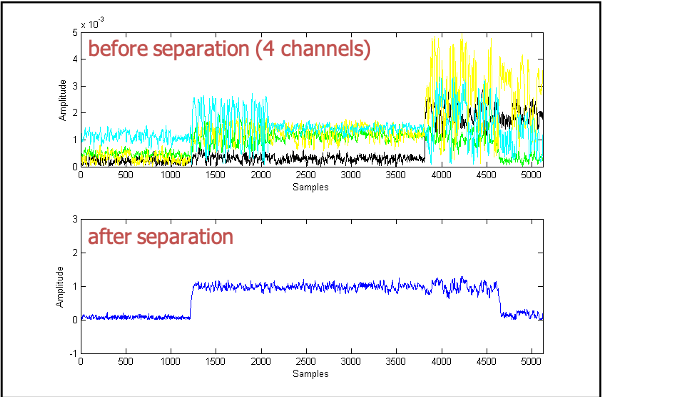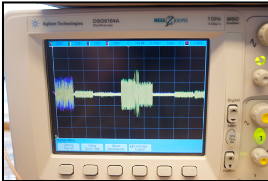AIS - source separation of partially overlapping signals
However, in recent years, the needs of detecting AIS signals over the horizon are increasing. AIS receivers are being installed on high buildings on harbor sides, lighthouses along coastlines and even on low earth orbit satellites in space to detect these signals. The lack of synchronization and coordination among cells results in asynchronous interfering data blocks occuring at these receivers.
The problem we consider is how to suppress these partially overlapping data blocks using spatial filtering, assuming the receiver employs an antenna array. To this end, we propose a multi-user receiver using a new and simple blind beamforming technique (BBT), which takes the form of a preprocessor that suppresses partially overlapping data blocks, after which standard AIS receivers can be used to decode the synchronous messages. The BBT is a general tool that does not require a calibrated array and does not use the AIS signal modulation structure, but only relies on the finite size of interfering data blocks. It is originally based on the generalized singular value decomposition, but this is replaced by a new decomposition (the Signed URV) that has a straightforward tracking implementation.
In the associated paper, we propose the multi-user AIS receiver and simulate it in different scenarios of satellite AIS, comparing it to previous receivers. The simulation results show that the proposed receiver is robust to the presence of asynchronous interference and effectively improves the detection of AIS messages in the considered scenarios.
The provided matlab code was used in the generation of some of the figures and is provided as-is, without further documentation. See the NOTES file for a high-level description.
Related publications
- Blind separation of partially overlapping data packets
Mu Zhou; A.J. van der Veen;
Digital Signal Processing,
Volume 68, pp. 154-166, September 2017. [Considers blind separation of AIS signals]. DOI: 10.1016/j.dsp.2017.06.009
document


Repository data
| File: | ais.zip |
|---|---|
| Size: | 91 kB |
| Modified: | 4 April 2020 |
| Type: | software |
| Authors: | Mu Zhou, Alle-Jan van der Veen |
| Date: | April 2018 |
| Contact: | Alle-Jan van der Veen |